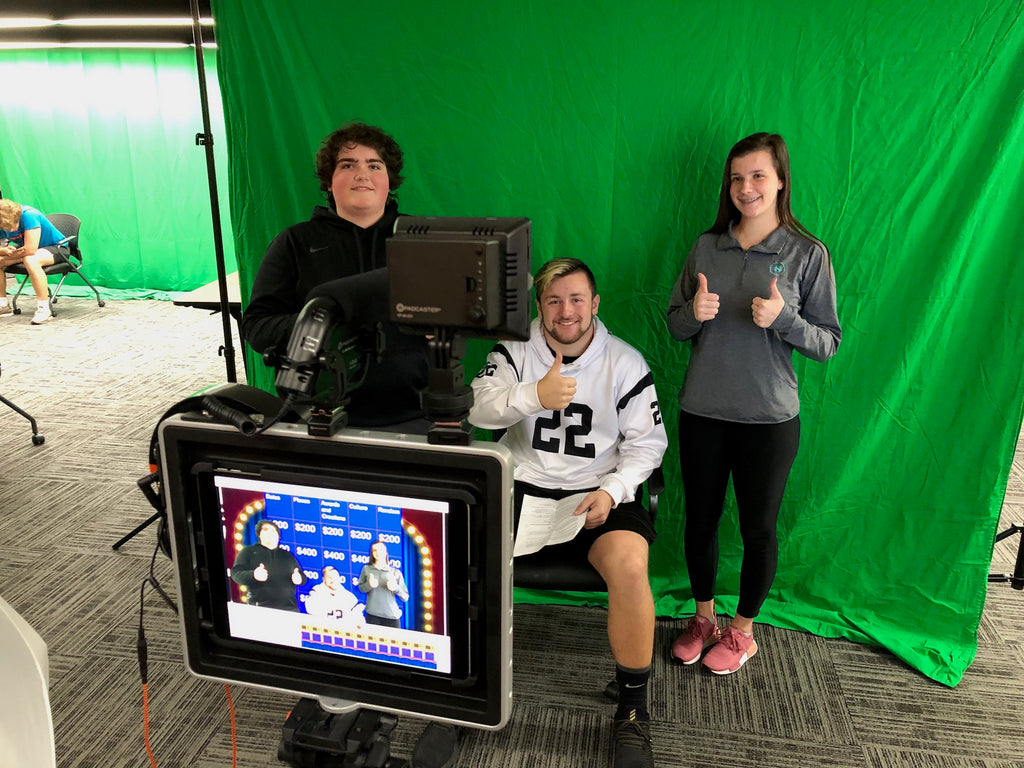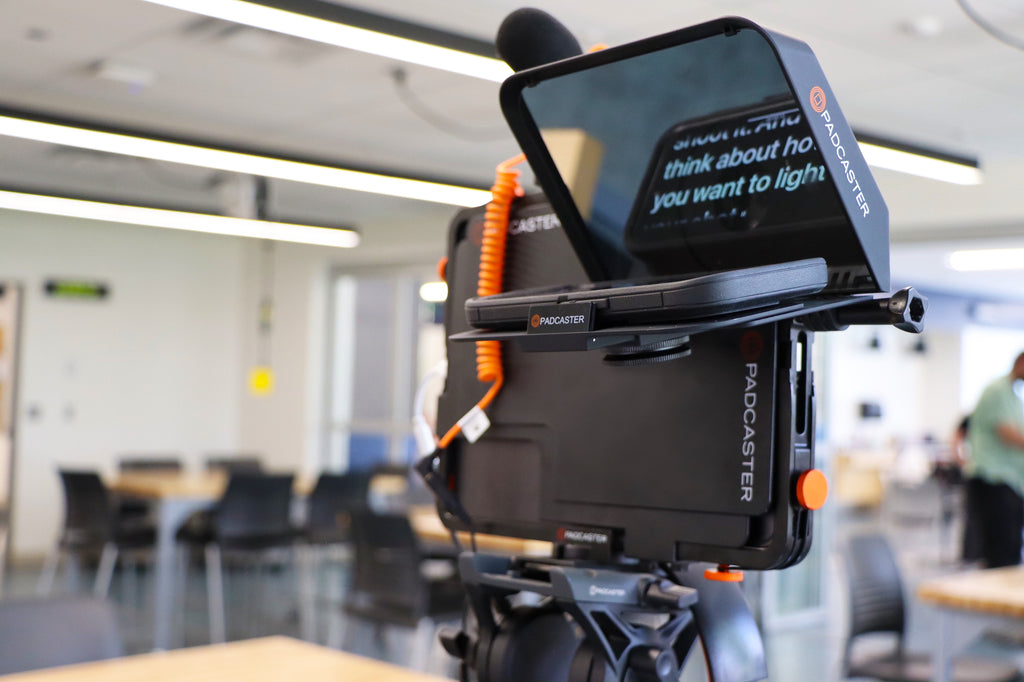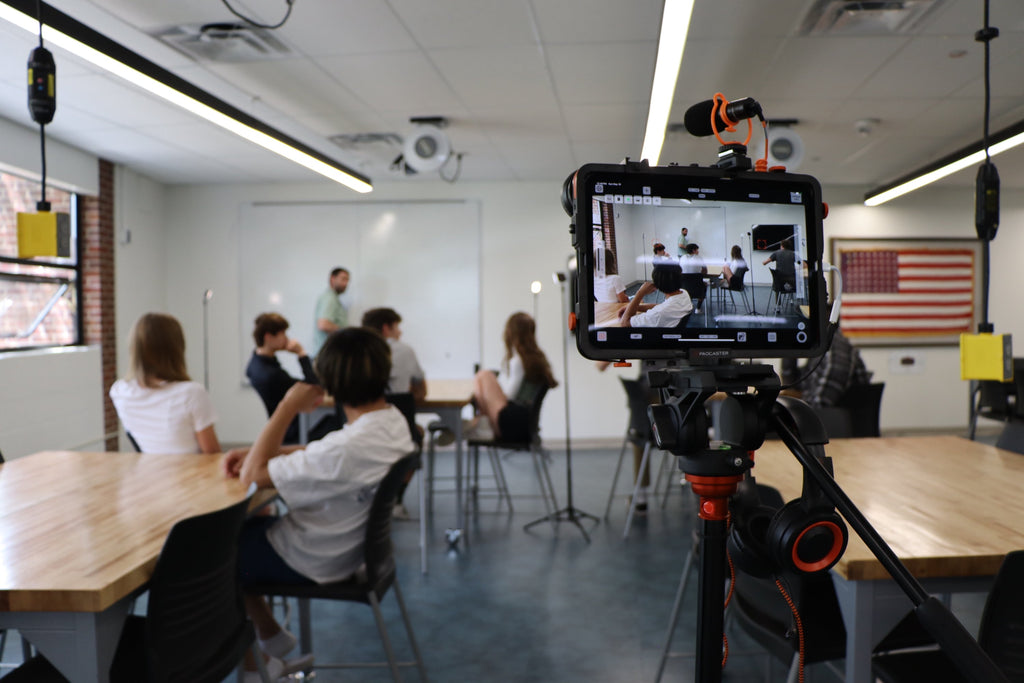
Green screen technology has long been a staple in the world of film and television production, but its application in classrooms is gaining momentum as an innovative and engaging educational tool. By utilizing green screen projects, educators can transport their young learners to virtually any location or scenario, fostering creativity, collaboration, and immersive learning experiences. In this article, we delve into the wonders of green screen projects and how they can transform classrooms into dynamic and interactive spaces for exploration and discovery.
Encouraging Imaginative Storytelling:
Green screen projects provide an exciting platform for students to unleash their imagination and engage in storytelling. By incorporating green screens into classroom activities, students can create narratives set in various environments, such as historical settings, fictional worlds, or even outer space. This immersive experience encourages students to think critically, develop characters, and craft compelling narratives, fostering their creativity and communication skills while igniting a passion for storytelling.
Making Learning Tangible:
Green screen projects allow abstract concepts to be visualized and made tangible for young learners. Whether it's exploring different biomes, reenacting historical events, or demonstrating scientific processes, green screen technology helps bring learning to life. By placing students in front of a green screen and superimposing relevant backgrounds or visuals, educators can create immersive learning experiences that make complex topics more accessible and memorable. This hands-on approach enhances students' understanding, retention, and overall enthusiasm for the subject matter.
Enhancing Collaboration and Communication:
Green screen projects promote collaboration and teamwork among students. By working together on a project, students learn to listen, share ideas, negotiate, and compromise. Each student can contribute their unique talents and skills to the production, whether it be acting, writing scripts, designing backgrounds, or operating the green screen technology. This collaborative process strengthens communication skills, promotes a sense of shared ownership, and encourages students to appreciate and respect diverse perspectives, fostering a positive classroom community.
Building Technological Literacy:
Integrating green screen projects into the curriculum exposes students to digital technology and builds their technological literacy from an early age. By using green screen applications or software, students learn how to operate cameras, record videos, and edit footage. They become familiar with basic video editing techniques such as adding backgrounds, overlays, and effects. These skills equip students with a foundational understanding of digital media production, preparing them for future technological advancements and digital communication platforms.
Cultivating Presentation Skills:
Green screen projects provide opportunities for students to develop and showcase their presentation skills. Students can record their presentations in front of the green screen, incorporating visuals and backgrounds that complement their content. This immersive presentation experience encourages students to refine their speaking skills, practice effective body language, and maintain eye contact with their audience. Presenting in front of a green screen also allows students to receive feedback, reflect on their performance, and make necessary adjustments, building their confidence and public speaking abilities.
Conclusion:
Green screen projects in classrooms have the power to transform learning experiences and inspire young minds. By incorporating this technology, educators can create immersive and engaging activities that foster creativity, collaboration, and technological literacy. Green screen projects encourage imaginative storytelling, make abstract concepts tangible, enhance collaboration and communication, build technological skills, and cultivate presentation abilities. As green screen technology becomes more accessible, classrooms are transformed into dynamic, interactive spaces that ignite curiosity, inspire learning, and empower students to become active participants in their education.
Need More Information?
Fill out the form here to get in touch with a member of the Padcaster Team.


